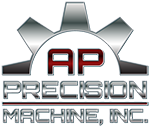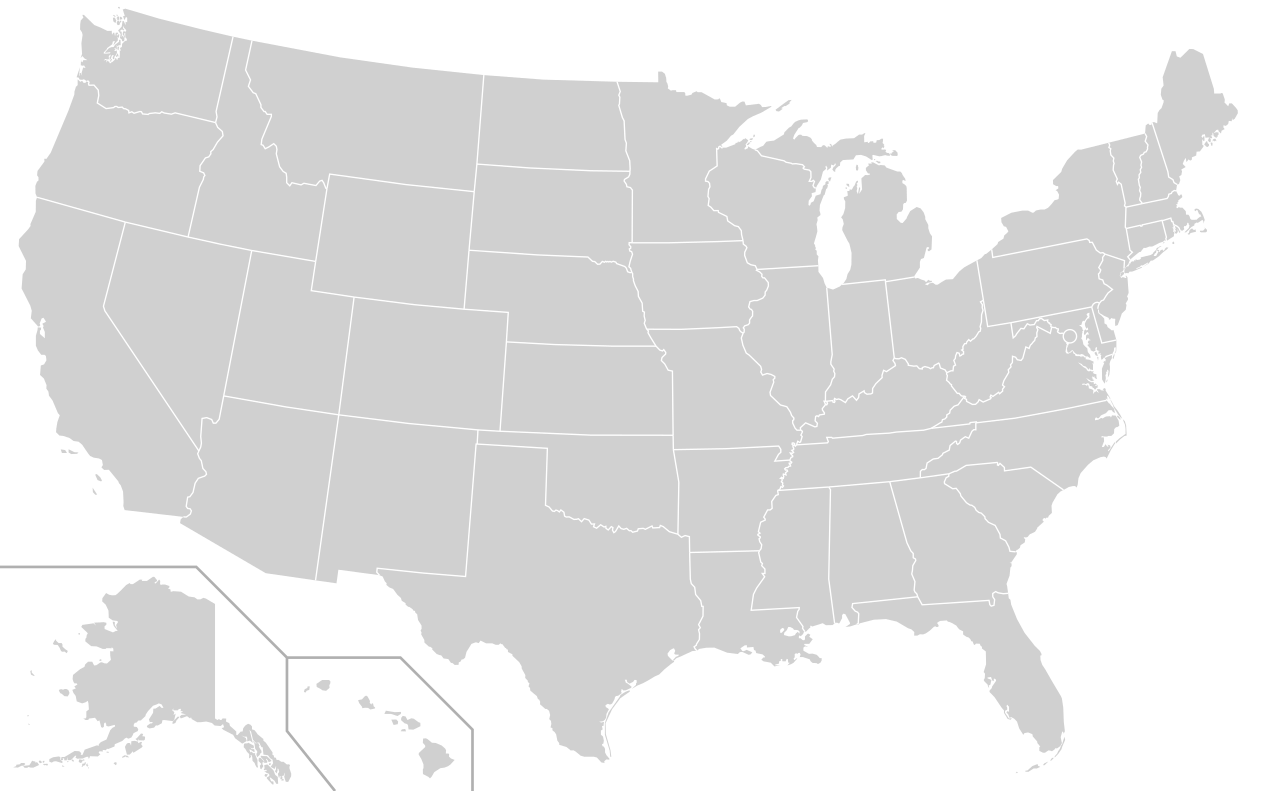When it comes to manufacturing components for the pharmaceutical and cosmetics sectors, every detail matters. The demand for precision, cleanliness, and structural integrity is extremely high, from the choice of materials to the cutting processes. In this context, waterjet cutting stands out as an ideal solution.
In this article, we will explore the five main advantages of waterjet cutting for companies operating in these industries—and why this process can represent a leap in quality for your production line.
- No thermal contaminationOne of the biggest concerns in the pharmaceutical and cosmetics sectors is avoiding any form of contamination—including that caused by manufacturing processes.
Unlike thermal methods such as laser or plasma cutting, waterjet cutting does not generate heat. This prevents chemical changes or deformations in sensitive materials, preserving their integrity.
Direct benefit: safer parts for handling chemical substances, medications, and cosmetics.
- High precision and clean finishWaterjet cutting is highly precise, with tolerances that meet the strict demands of these industries. It also offers a smooth, burr-free finish, often eliminating the need for additional polishing or finishing steps.Result: less rework, time savings, and reduced operational costs.
- Material versatility
This method allows for cutting a wide range of materials used in the pharmaceutical and cosmetics industry, such as:
- Stainless steel (commonly used in machinery and surfaces)
- Aluminum
- Glass
- Acrylic
- Technical ceramics
- Special plastics (such as PVC and PTFE)
Conclusion: with a single technology, it’s possible to meet various production demands.
- Sustainable and clean process
Waterjet cutting uses only water and abrasives (when needed), with no emission of toxic gases or production of harmful waste. It’s a more eco-friendly process and aligned with the environmental and sanitary regulations governing the pharmaceutical and cosmetics sectors in the U.S.
Moreover, since it’s a “cold” process, there’s less risk of deformation and material waste.
- Lower risk of cross-contamination
Since it doesn’t require frequent tool changes and doesn’t heat materials, waterjet cutting significantly reduces the risk of cross-contamination between parts from different projects or materials—a critical factor in environments with strict quality standards, such as laboratories and filling lines.
Ideal for: companies seeking certifications and following Good Manufacturing Practices (GMP).
In practice, waterjet cutting addresses specific challenges in pharmaceutical and cosmetics production: it prevents deformation, preserves material integrity, and reduces finishing steps. For companies operating under sanitary regulations and working with high customization, this isn’t just a differentiator—it’s essential.
AP Precision Machine, Inc. operates with this focus: delivering custom parts on time, with technical consistency, and the attention to detail this market demands.
Have a project underway? Talk directly to our specialists and get a detailed quote with a delivery timeline.


